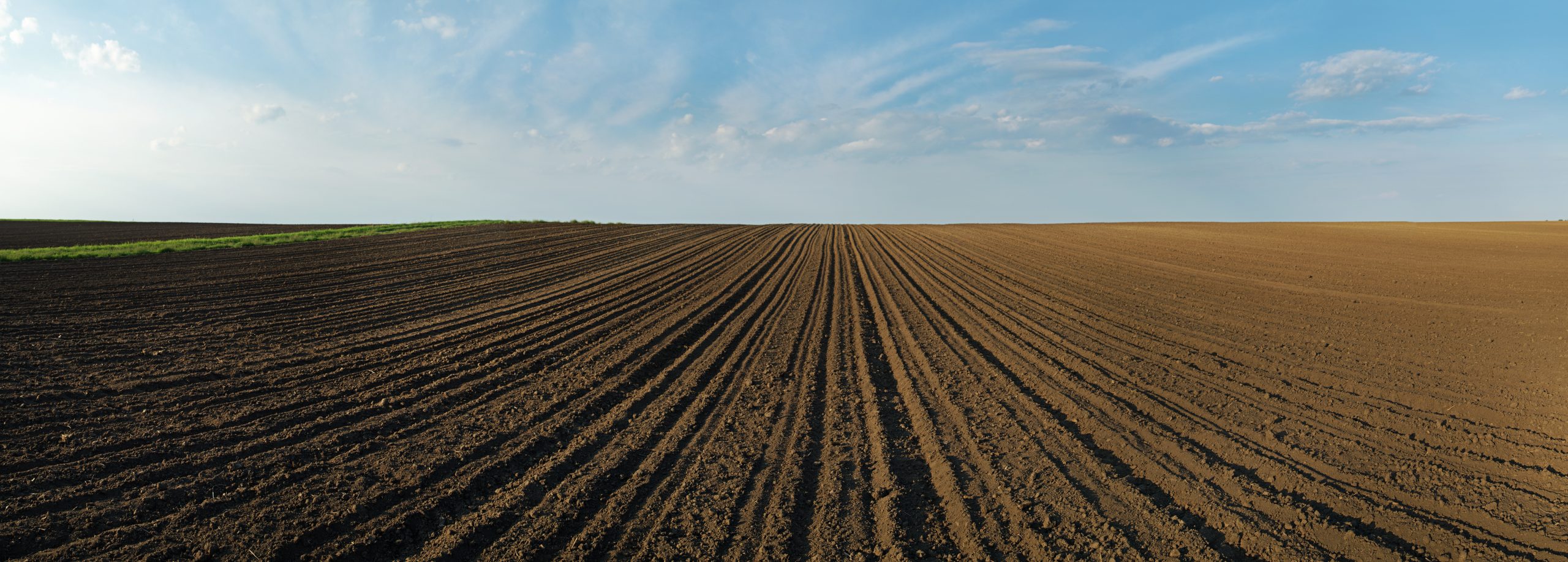By Thom Weir, Senior Precision Agronomist
It is no secret that discussions around what to do with ruts dominated many “coffee row” discussions this winter. These ruts developed from combines and grain carts operating in wet fields last October or November. Some of these ruts are over 2 feet deep!
Managing ruts this spring is necessary but also requires some delicate management. Ideally, management of ruts should take place when the soil is dry or frozen. This will eliminate compaction. However, if the sub-soil is wet, the likelihood of compaction will be reduced. There may still be a window this spring to get out into fields when they are still frozen but most of the snow has already melted. A tractor with a blade can fill in ruts where soil has been pushed up on both sides of the rut. It may not completely fill in the rut but may allow for seeding to follow.
Remember when dealing with ruts, the goal should be to do the minimum to allow you to plant a field. This may result in a field that is somewhat rough to ride across on a sprayer but will allow mother nature to heal its wounds most effectively.
If you have deep ruts, say deeper than 6 inches (15 cm), some tillage will likely be required. One is to wait in the spring until you can work the field and then perform light tillage only to the rutted ground (if it’s not field-wide). Using a light tillage pass, such as with a field cultivator, light dis or harrows, will fill in some of the ruts. If only a portion of the field is rutted, consider tilling only that area to avoid
recompacting subsoil in other parts of the field. You only want to till 2-3 inches deep – enough to move some soil but not enough to rip up the field. You still must maintain the seedbed. Since you are waiting on these fields, they may be a target for later seeded crops such as soybeans, oats or flax.
In a worst-case scenario, ripping up the field with a deep-tillage (5-6 inches) may be required. However, a second operation will probably be required to get the field into planting condition. This second operation may be an opportunity to apply anhydrous ammonia or band urea.
The recent advent of “vertical tillage” equipment offers another option for managing ruts. I will make a couple of comments though. My experience tells me that all “vertical tillage” implements are not created equal. I have seen situations where one machine does a good job at burying ruts and creating a very good seedbed. The same year and a couple of miles away, I have observed equipment leaving the field in a mess. And again, I have seen implements leaving the field looking nice but when a no-till, independent shank air drill attempted to seed, a mess resulted.
If you have ruts, you are going to have to be patient this spring. This may mean working on some fields and allowing them to sit for a few days while you seed something else, then return to those fields. It won’t be the smooth, efficient spring you may be used to but “it is what it is.” Roll with the hand you were dealt with and “Good Luck!”

